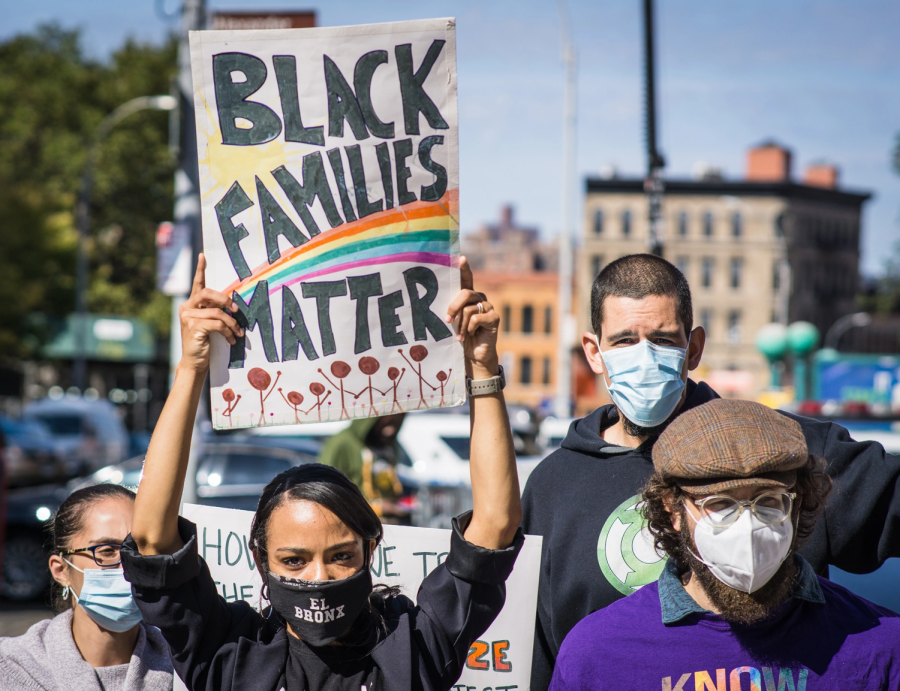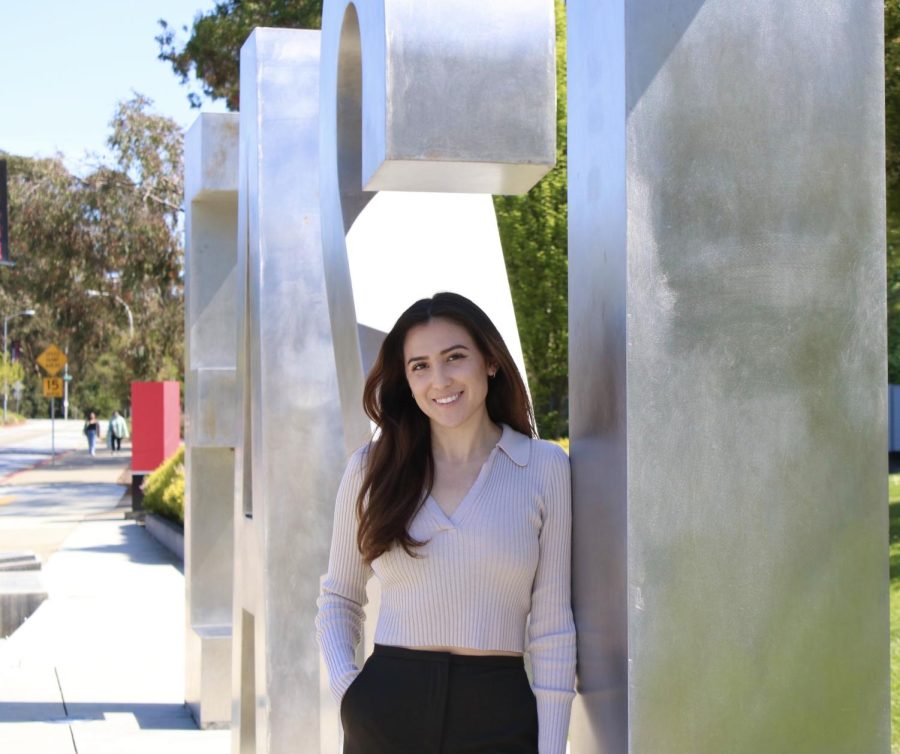The 100-Block Community Initiative has generated some controversy among several Oakland city councilmembers and residents about whether or not it is actually doing any good.
The anti-homicide campaign placed 22 new officers and relocated a few more to the five percent of Oakland streets where 90 percent of violent crimes occur.
While some officials and residents have reported success, others have acknowledged that different remedies are needed to reduce crime in the roughest parts of the city.
Many, like Reygan Harmon, Oakland’s senior policy advisor for public safety, believe long-term, sustainable strategies are needed to improve living conditions in the most blighted neighborhoods.
Ramping up police presence and enforcement may deter or displace some crime, but it does not directly address the causes of crime, which so far has failed to make a deep, lasting impact. Therefore, the 100-Block initiative is not an effective way to reduce crime in the city of Oakland, or elsewhere.
“Police can go in there and do a big sweep or whatever, but that doesn’t make a community safe,” Harmon told The Pioneer Metro Editor Cherie Vargas in last week’s article entitled “100-Block Iniative Targets Crime, Receives Mixed Reviews.”
“If you want to really change communities you have to do more than just police the community. That doesn’t sustain anything.”
Research by Lawrence W. Sherman of the University of Maryland and Crime Control Institute has indicated that crackdowns rarely show evidence of deterrence over the long-term.
There is evidence that shows crackdowns create initial deterrence, or at least displacement, of some kinds of offenses, but it is hard to sustain many crackdowns over a long period.
This is because either the street officers loosen their implementation, or because criminals cease to fear apprehension as a result of the crackdown, Sherman said.
Historically, crackdowns in New York City, Chicago and Washington D.C. all met initial reductions in crime for a period of about four months, followed by a marked increase in crime over the next two years.
Perhaps most worrisome is the story of the Los Angeles police crackdown preceding the 1984 Summer Olympics, that some say set the stage for the 1992 L.A. Riot.
The conditions that prompted a need for a crackdown show some parallels to Oakland’s situation.
Los Angeles had a record high percentage of unemployed African-American males in South Central. The nation was also entering a serious recession at the time of the riot and Los Angeles in particular saw deindustrialization and the loss of union jobs.
The public was already distrustful of Police Chief Daryl Gates for his violent programs of enforcement like the infamous Operation Hammer.
The result of systematic oppression of a certain geographic area is the inevitable resistance of the people in that area to imposed authority. With tension as high as it is at every major Occupy Oakland demonstration, it is surprising that Mayor Jean Quan is willing to run the risk of a violent uprising.
To avoid this result, and to prevent crime from simply migrating to less patrolled areas, Sherman suggests limiting resources and moving the targets often, rather than focusing on specific geographic regions indefinitely.
The 100-Block initiative is commendable because it coordinates efforts from multiple city departments and not just the police. However, the city needs to invest in programs to combat more seminal sources of Oakland’s pain.
High dropout and truancy rates, poverty and domestic abuse are among the ailments that the initiative has failed to address, ones that Quan and her constituents can no longer ignore.
To fix the initiative, Quan needs to recognize that crime is being displaced and design a plan to frequently shift the geographic area of focus.
Social programs to combat poverty and domestic violence and to promote education also need to enter these neighborhoods sooner and with more force than ramped-up law enforcement.
If the past is any indication, the effective period of the initiative is coming to an end, so city resources need to be funneled into a more positive program.










